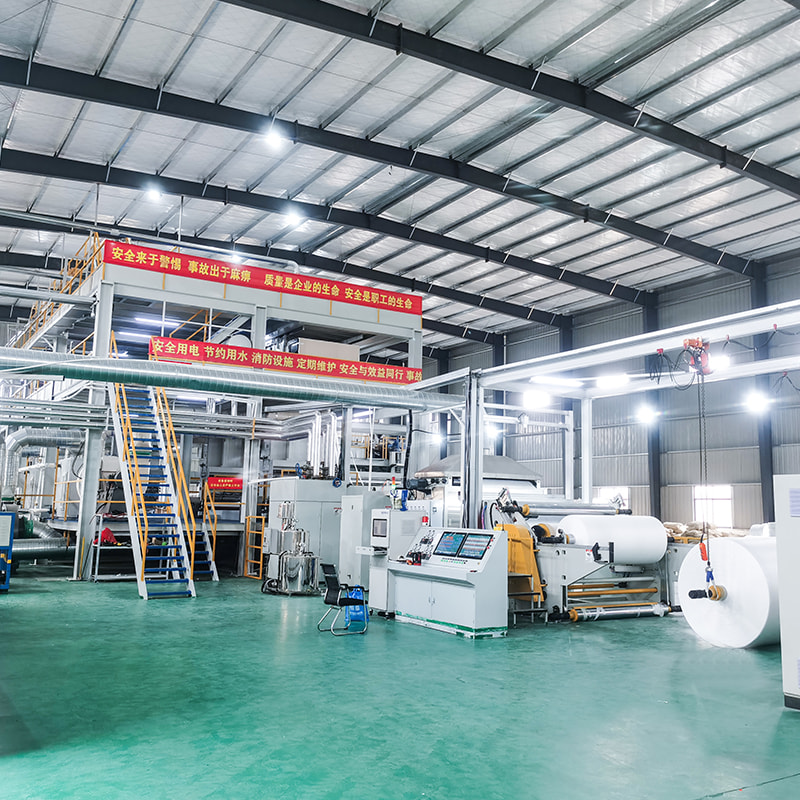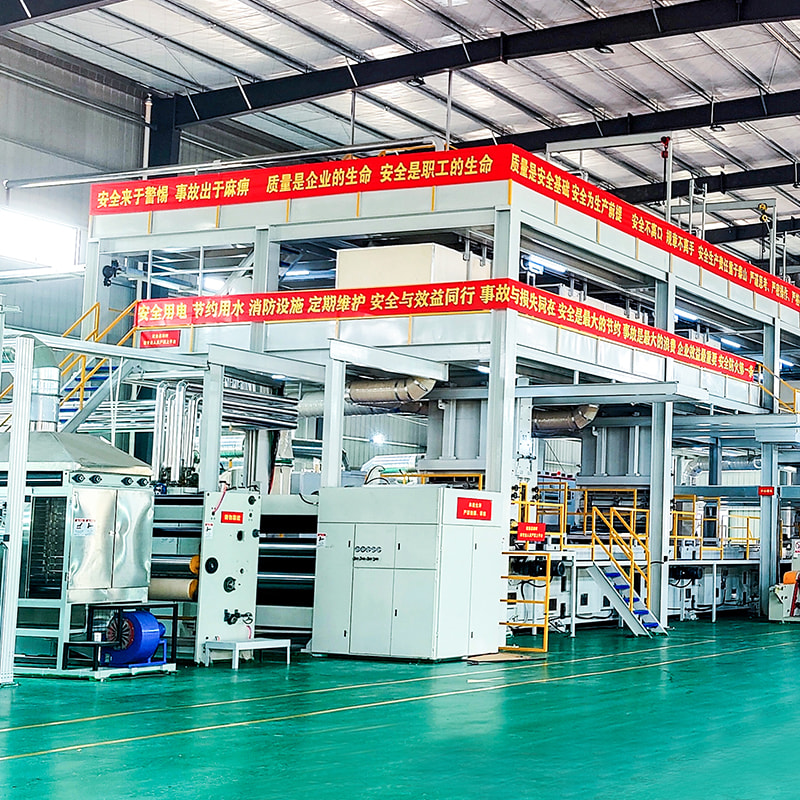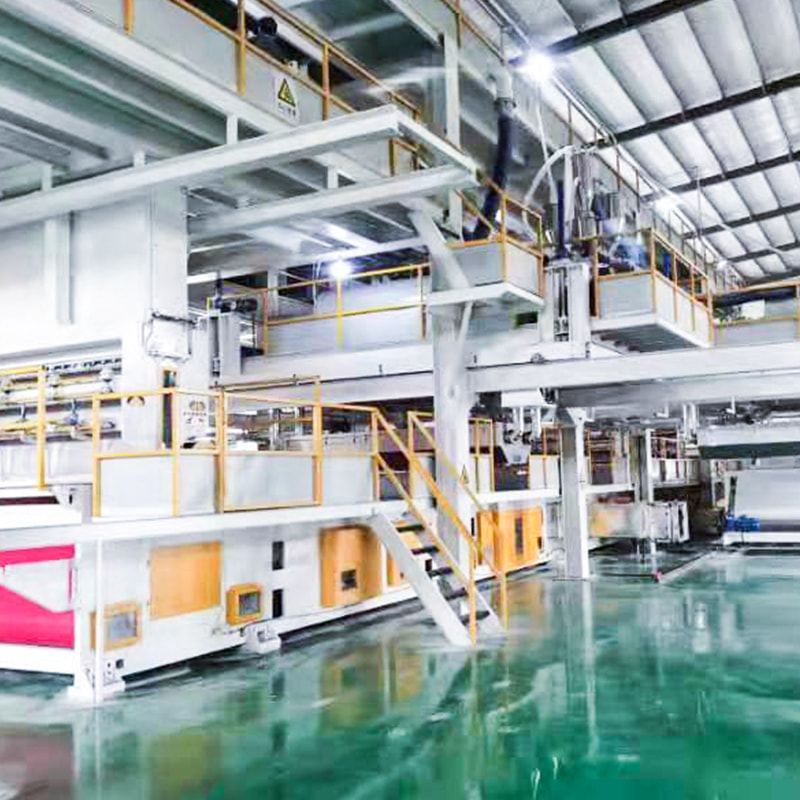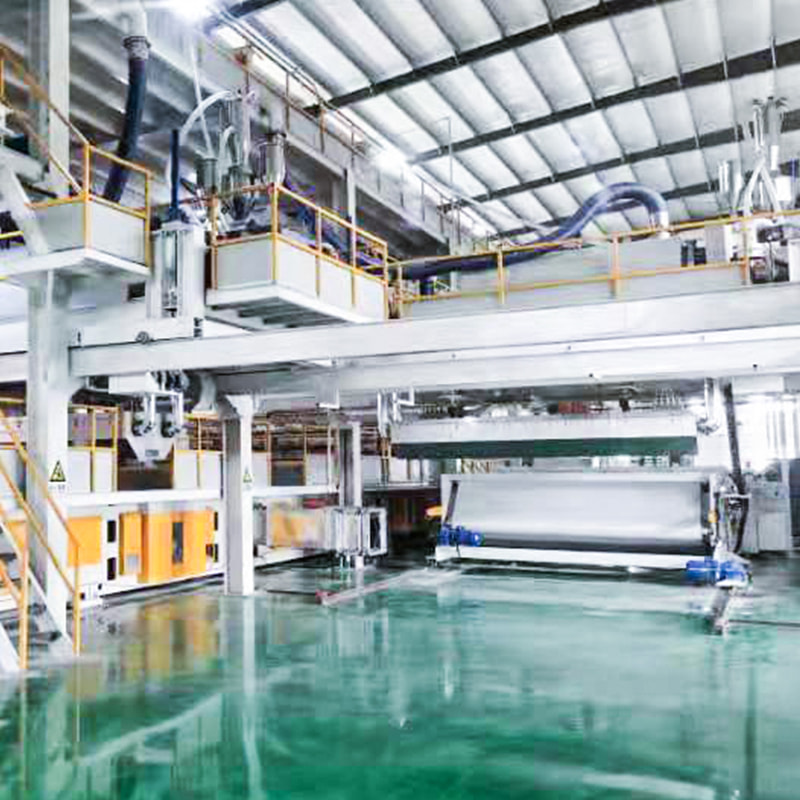The non woven fabric making machine is the technological backbone of a highly versatile industry, producing materials essential for everything from medical masks and protective gear to filtration systems and consumer wipes. Unlike traditional textile machinery that relies on weaving or knitting, these specialized machines create fabric sheets directly from fibers or molten polymers, bonding them chemically, mechanically, or thermally. Understanding the core technologies and operational specifics of these machines is crucial for optimizing production efficiency and material quality.
Core Technologies Driving Non Woven Production
Non woven manufacturing is categorized primarily by the method used to form the web and the technique used for bonding. The choice of machinery dictates the final product's physical properties, such as tensile strength, porosity, and softness.
Spunbond Technology
Spunbond machines are designed for high-speed, continuous production, typically using polypropylene or polyester. The process involves extruding molten polymer through spinnerets to form continuous filaments. These filaments are then air-quenched, drawn, and deposited randomly onto a moving conveyor belt to form a web. Thermal bonding, often using heated calender rolls, permanently locks the fibers together, resulting in durable, strong fabrics suitable for geotextiles, packaging, and hygiene products.
Meltblown Technology
Meltblown equipment produces extremely fine fibers, often in the sub-micron range, making the resulting fabric highly effective for filtration and barrier applications. Molten polymer is extruded through small nozzles into a high-velocity stream of hot air, which rapidly attenuates the fibers. Because the fibers are so fine and randomly distributed, they create a dense web with high surface area, ideal for medical face masks (BFE layer) and liquid filtration. Meltblown fabrics are often combined with spunbond layers (SMS or SMMS configurations) to maximize strength and filtration efficiency.
Needle Punching Systems
Needle punching is a mechanical bonding method used primarily for heavier, more durable non wovens. This process starts with a pre-formed fiber web (often carded or air-laid). The web is then passed through a needle loom, where thousands of barbed needles repeatedly penetrate the fabric, physically interlocking the fibers. This technique is highly effective for materials requiring high strength and bulk, such as automotive interiors, carpets, and industrial felts. The density and strength of the final product are controlled by the needle density and the stroke frequency of the loom.
Essential Components of a Non Woven Production Line
Regardless of the specific technology employed, most modern non woven fabric making machines share several critical functional units that ensure continuous and quality-controlled output:
- Extrusion System: Melts and homogenizes the polymer chips (e.g., PP, PET) and pumps the molten material to the spinning head at a precise rate.
- Spinneret/Die Assembly: The heart of the machine, responsible for forming the individual filaments or fibers. Precision engineering here is vital for fiber uniformity.
- Web Forming Unit: Utilizes air drawing or electrostatic charging to lay the filaments onto the conveyor belt in a uniform, controlled manner to create the fiber web.
- Bonding Unit: Applies the final bonding method (thermal calender, hot air through-air bonder, or needle loom) to consolidate the web into a stable, durable fabric.
- Winding and Slitting System: Automatically cuts the finished fabric to the required width and winds it onto jumbo rolls for downstream processing or storage.
Selecting the Right Machine: Key Considerations
Choosing the appropriate non woven fabric making machine is a capital investment decision that must align with the target market, required production capacity, and raw material availability. Key factors include the desired fabric weight (GSM), production speed (m/min), and the specific end-use application.
| Technology Type | Typical End Products | Key Advantage |
| Spunbond | Disposable diapers, surgical gowns, shopping bags, roofing underlayment. | High strength-to-weight ratio; rapid, continuous production. |
| Meltblown | N95 filter media, oil absorbents, specialized liquid filters. | Extremely fine fibers; superior barrier and filtration efficiency. |
| Needle Punching | Geotextiles, automotive insulation, furniture padding, heavy-duty wipes. | High bulk and thickness; excellent durability and mechanical strength. |


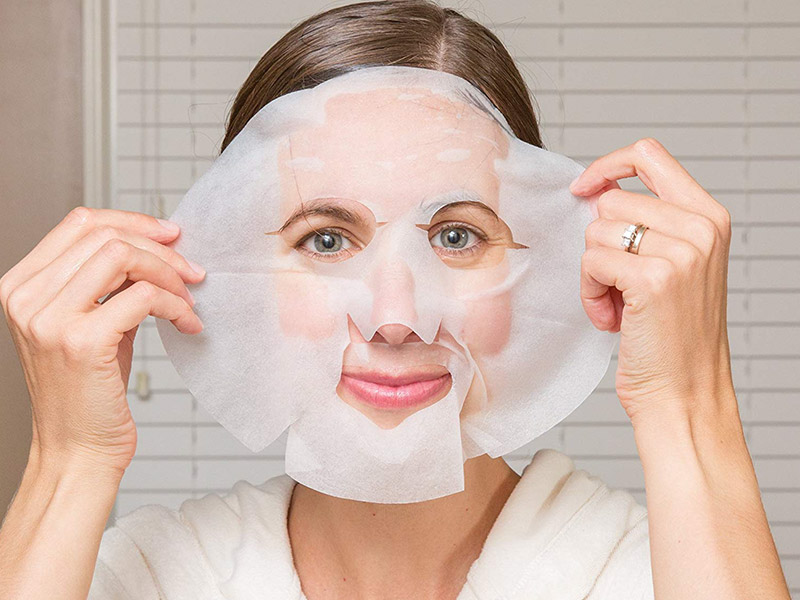

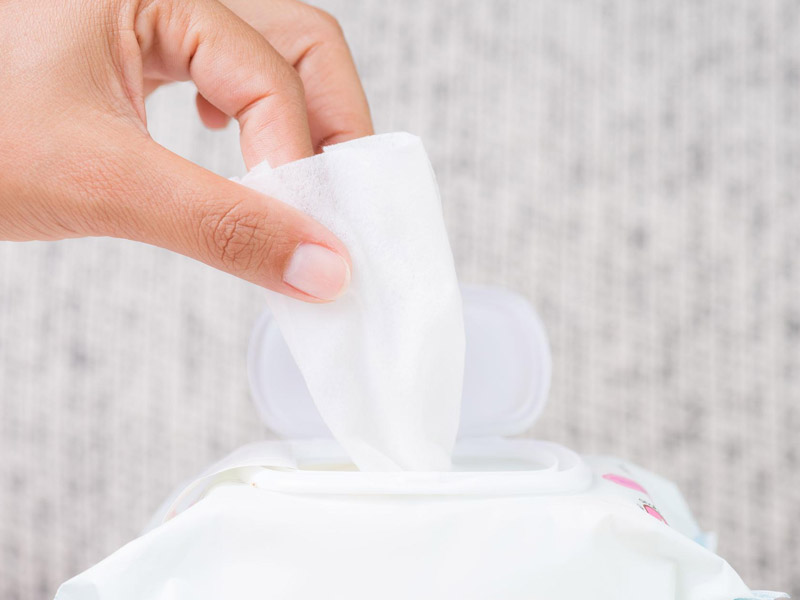
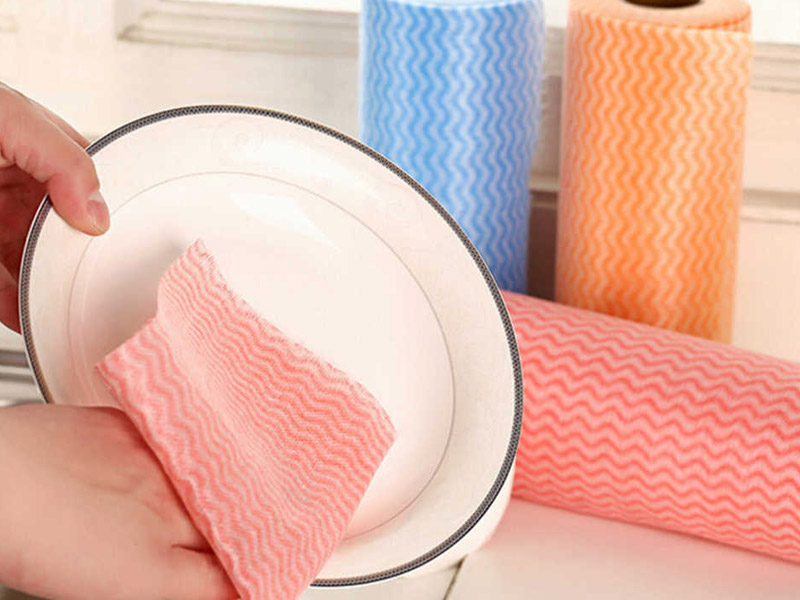
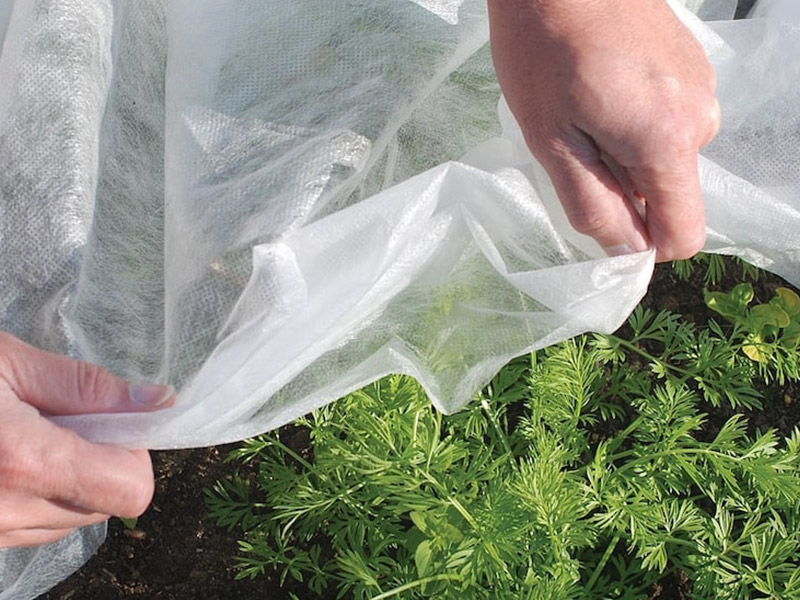
 English
English 中文简体
中文简体 русский
русский عربى
عربى